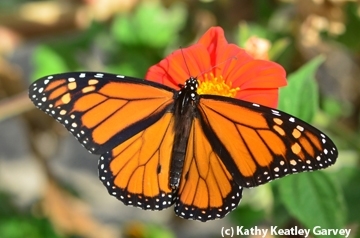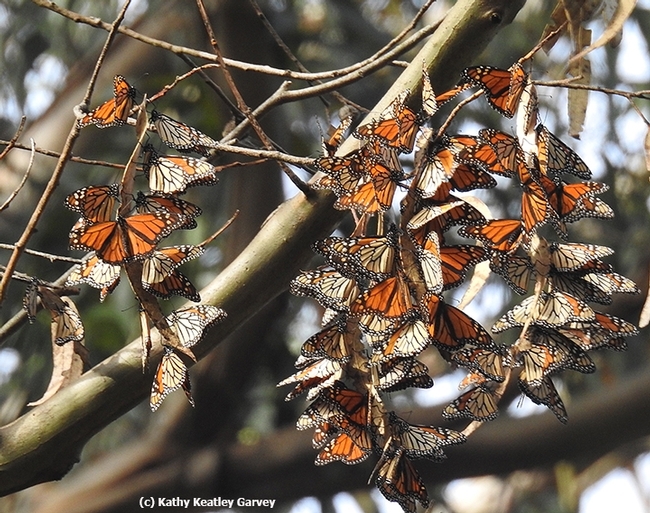
That's way we were excited to see National Public Radio's Nell Greenfieldboyce generate a recent piece on "Bugs Abound: If You Think the Skies Are Crowded, You Have No Idea."
She touched on a newly published study in the journal Science, which found that more than 3 trillion migrating insects fly over south-central England each year.
More than 3 trillion!
Dingle, author of the popular textbook, Animal Migration: the Biology of Life on the Move (Oxford University Press), is one of the world's experts on animal migration. National Geographic featured Dingle in its cover story on Great Migrations in November 2010. LiveScience interviewed him for its November 2010 piece on Why Do Animals Migrate?
Dingle agrees that many migrating insects receive little attention. "Certain insects like locusts and the monarch butterfly, have gotten a great deal of attention," he told Greenfieldboyce. "But perhaps because of all that attention on these big charismatic insects, the huge migrations that occur in lots and lots of other insects, all the way down to tiny aphids, are certainly not as well known by the public, and may not even be as well known by scientists."

And scores of butterfly enthusiasts flock there, too, to admire, photograph and monitor them. It's good to see the increasing human population banding together to help save the declining monarch population.
As for the NPR piece, Greenfieldboyce gave a little press to one of the least publicized insects, the marmalade hoverfly, which she described as a "a small, insignificant-looking creature."
But don't consider the hoverfly "inconsequential." It's not only a long-range migrant that travels at great speeds and for hundreds of kilometers in a single flight, but it's a beneficial bug: it eats aphids and pollinates crops as well as wildflowers. It winters in the Mediterranean but returns to England in the spring.
Check out the paper in Science, "Mass Seasonal Bioflows of High-Flying Insect Migrants," for more information on migrating insects and you'll see why the NPR headlined its piece "Bugs Abound: If You Think the Skies Are Crowded, You Have No Idea."
The researchers' 10-year project of monitoring the migration of large and small insects over the southern United Kingdom yields incredible information. That's why we now know what they know--that 3 trillion of these migrating insects fly the friendly--and not so friendly skies--every year.
It's getting pretty crowded there.
Attached Images:

